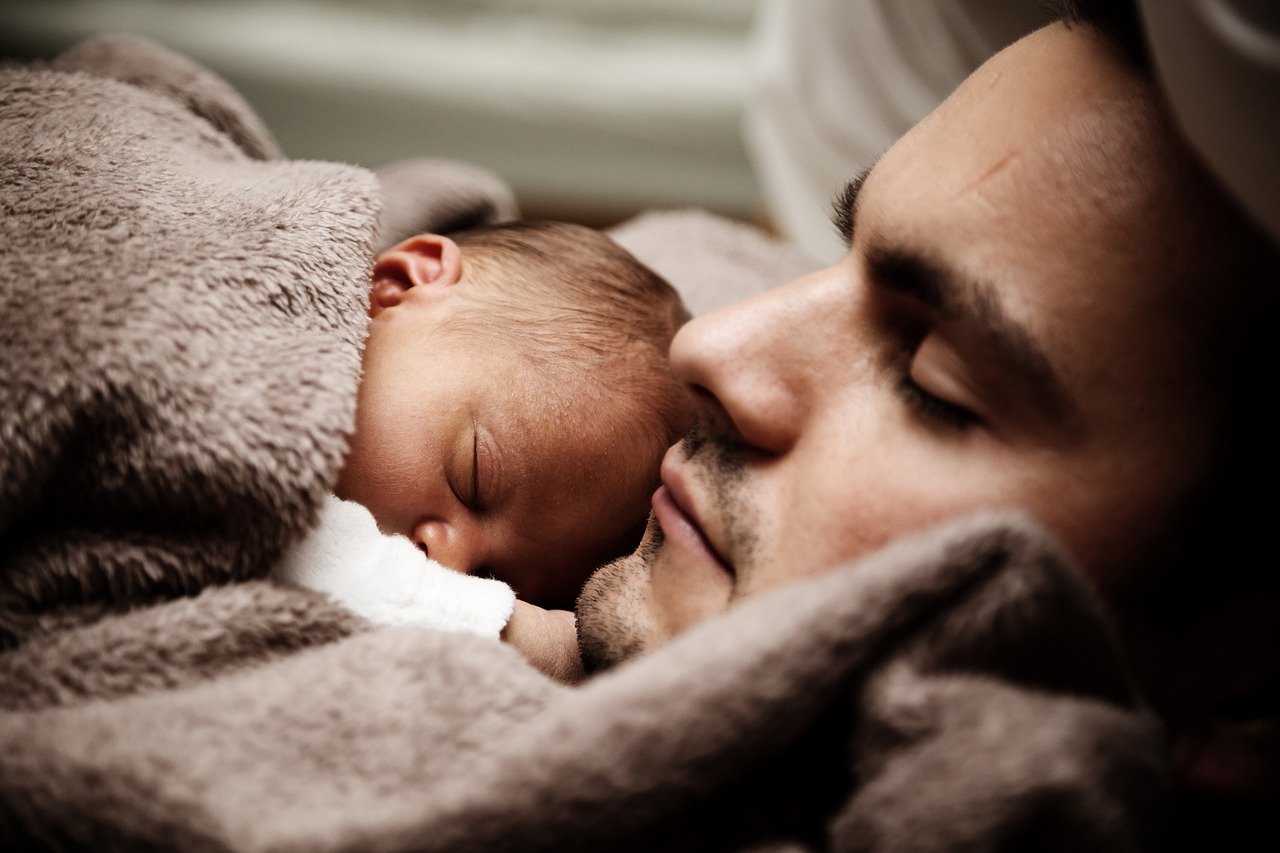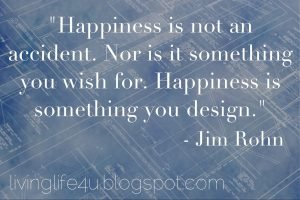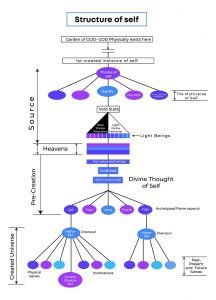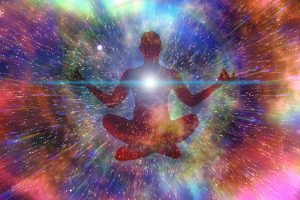Carl Jung was one of the first psychologists to introduce the concept of the inner child, which he called “the child archetype”. He believed that the inner child represents the original and authentic self that we were born with, before we adapted to the expectations and demands of society. The inner child is a source of creativity, spontaneity, curiosity, and wonder, but also of vulnerability, pain, and trauma. Jung wrote: “In every adult there lurks a child— an eternal child, something that is always becoming, is never completed, and calls for unceasing care, attention, and education. That is the part of the personality which wants to develop and become whole.”
Jung also recognized that the inner child can be wounded by neglect, abuse, or rejection in childhood, and that these wounds can affect our adult lives in various ways. He suggested that we need to heal our inner child by reconnecting with it, listening to it, and validating its feelings and needs. He said: “If there is anything that we wish to change in the child, we should first examine it and see whether it is not something that could better be changed in ourselves.” He also advised: “I want you to imagine what you would do if you had come upon that real child in the original situation.… What’s a reasonable, compassionate thing to do for a child that’s confused and upset? You sit and talk with the child. You listen to it.”
By doing inner child work, Jung believed that we can access our true potential and become more integrated and balanced as human beings. He said: “What usually has the strongest psychic effect on the child is the life which the parents have not lived.” He also stated: “I have always tried to make room for anything that wanted to come from within.” These quotes from Jung show his profound insight into the importance and power of the inner child, and how we can heal ourselves by honouring and nurturing it.
In my experience, inner-child work is not straightforward. Whilst I “hugged” my inner-child many years ago, it is only recently that my inner-child has started to reveal his secrets. These were hidden behind two layers of false memories. One secret, he told me, is that he invented his own trauma, deliberately, so he could go into the shadows. He then created layers of false memories, or trauma from others, to make the task of establishing a true connection with him all the more difficult.
He says he did this because he is also my “inner-god” – representing my connection to the time before I existed in this current body. My connection to my archetypical self. As such, he says it was important for him to remain hidden to me until I was truly ready to make that connection.
He suggests, we all have this aspect about ourselves, that for many, their connection to their inner-child is still in the superficial layers if indeed they got that far. That these false layers do indeed drive us, and can be seen as primary affecting factors in our adult behaviour, even though they are false, they still explain the disconnection with self that we all feel and deal with.
He suggests that even though many have connected to their inner child, there are secrets within that can be revealed with further digging.










Truth of Self › Forums › The inner-child
Tagged: Inner Child